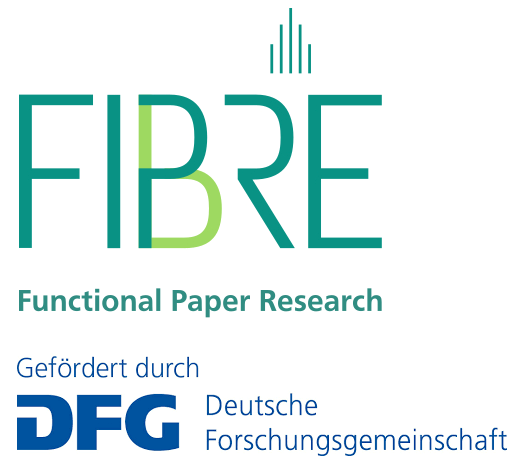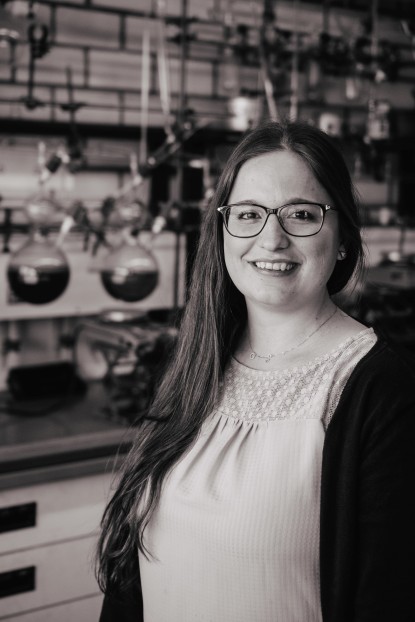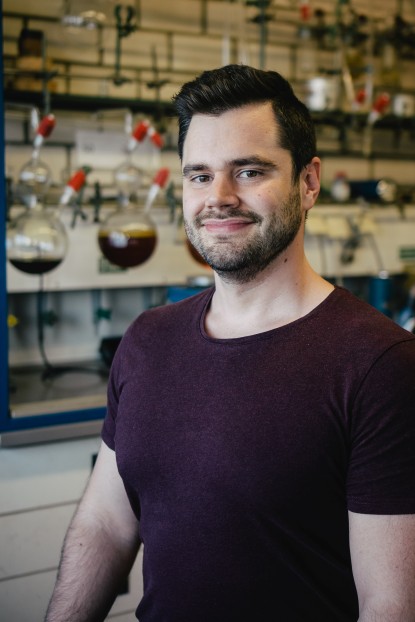Elastic Paper with Mechanically Switchable Fiber and Pore Structure
The aim of the project is to develop papers that can be reversibly stretched by more than 100%. With increasing elongation, a higher order of fiber alignment should result in an increasing orientation of the pore structure of the sheet. Deformation and preferential orientation, driven by entropy elasticity, on the one hand should immediately regress when the applied tensile, compressive or shear stress ends. On the other hand, elastic papers are to be developed, which initially retain a distinct state of elongation/compression without application of force and only return to an initial, permanent shape after application of a stimulus from this temporary deformation (i.e. shape-memory papers).With regard to their chemical and physical properties, the fibers of the desired elastic paper should be similar to those of conventional papers, hence, the only difference will be an elastic deformability of the novel paper. Likewise, its production should be based on well-known components and processes of paper making technology. The main challenge is to prevent the otherwise common direct linking of the pulp fibers by means of hydrogen bonding, and instead to achieve their cohesion indirectly via elastomeric, highly deformable colloidal particles in between the fibers.On the one hand, a major challenge is to build up the colloid particles with respect to suitable size, elasticity, deformation/relaxation characteristics and chemical structure (sufficient number of cationic functionalities on the shell). On the other hand, the fibers should be equipped with a chemical structure for preferential formation of the ionic bonds (e.g. attachment of anionic groups).
Finally, it is necessary to develop a method of mixing the likewise electrostatically stabilized suspensions of the cationic elastomer particles with the anionic pulp fibers and converting them into homogeneous papers while forming the fiber-bridging ionic bonds between the particles and the surface of the fibers.In the later stage of the project, additional colloid particles are to be produced, which exhibit stretch crystallization or glass transition temperatures near room temperature. By this, elastic shape memory papers can be generated. Furthermore, it should be validated whether elastic papers with preferential orientation of the fibers can be developed for anisotropic extensibilities.






